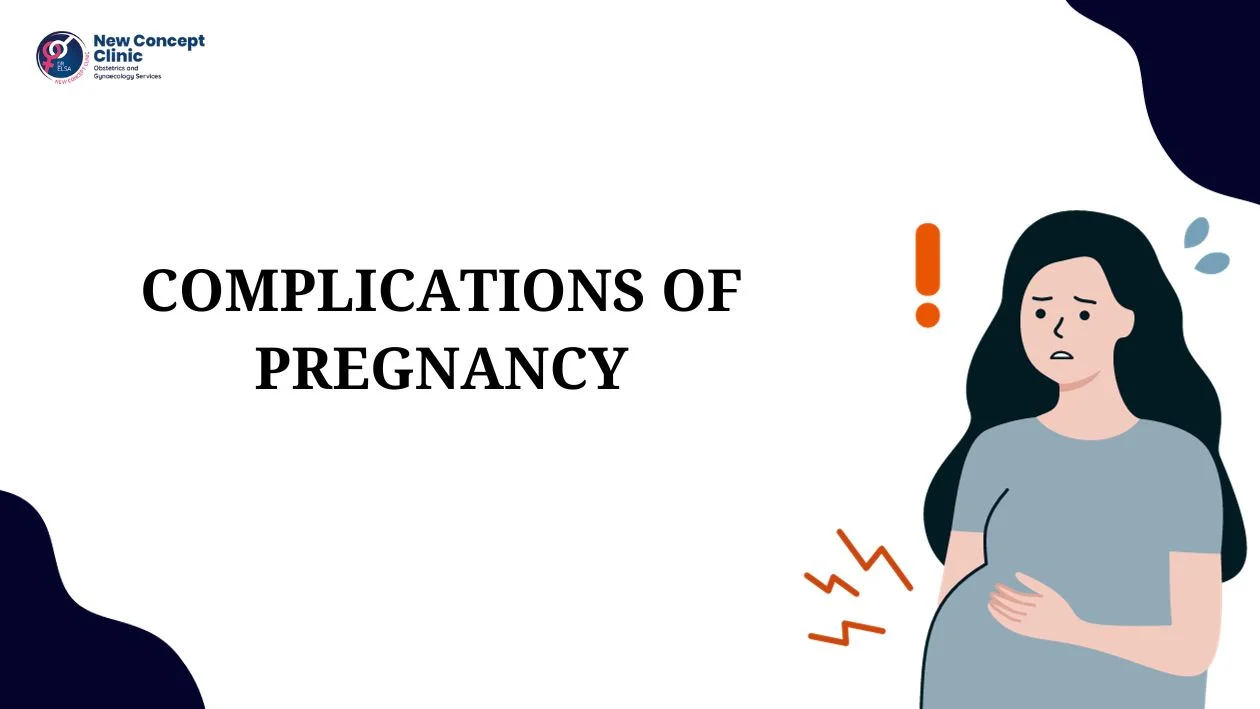

Although most pregnancies are uncomplicated, sometimes unplanned events occur. Some of the most common complications in pregnancy include the following.
Amniotic fluid is fluid in the sac surrounding the baby, and too much or too little can be a sign of problems with the baby. Too much fluid can lead to rapid breakdown of membranes and/or premature labor, as well as issues such as shortness of breath for the mother
Common causes of excess fluid include diabetes, twins or triplets (multiple pregnancies), infections, incompatibility of blood types, and birth defects Low fluid levels can also include birth defects and fetal problems, slow fetal growth, premature rupture of membranes or fetal defects symptoms death
While bleeding during pregnancy is normal, it can also also be a sign of uterine complications, vaginal or uterine infection, or premature labor. Bleeding late in pregnancy can increase the risk of serious complications and may require intervention — any bleeding during pregnancy should be reported to a doctor immediately to speed up breeding.
Ectopic pregnancies occur when a sperm implants in the uterine cavity outside of the uterus (usually one of the fallopian tubes that connect the uterus to the uterus) Pregnancies in these areas can be life-threateningly jeopardized and cannot be continued or delivered safely to the uterus .
About 1% of all pregnancies are ectopic, and about half of ectopic pregnancies occur without a known risk factor or explanation. Factors that can be increase the risk of ectopic pregnancy include:
Fertility treatments to become pregnant
Previous tubal surgery
A previous ectopic pregnancy
Pelvic inflammatory disease or other uterine infections
The first signs that a woman may be having an ectopic pregnancy are abdominal pain and/or bleeding early in pregnancy (usually about three to six weeks after a miscarriage) As conditions this occurs, a doctor may perform an ultrasound to monitor hormone levels and help determine the location and health of the pregnancy.
If ectopic pregnancy is confirmed, treatment may include medication, although surgery may be necessary. If left untreated, rupture of the fetus can be an emergency.
An ectopic pregnancy doesn’t mean you can’t get pregnant again and eventually give birth to a full-term healthy baby. However, it is important to note that ectopic pregnancy increases the chances of another pregnancy. The risk of a second pregnancy after a single ectopic pregnancy is 10%, and after a second pregnancy the chance of a third pregnancy is 25%.
Miscarriage is the loss of a pregnancy that lasts up to 20 weeks after conception (most pregnancies occur before 12 weeks). Miscarriage, which occurs in 10%–30% of all pregnancies (and is common), is usually caused by genetic or hormonal abnormalities when it occurs early in pregnancy
Pregnancy is often preceded by severe bleeding and diarrhea. The doctor may order an ultrasound and blood tests to confirm the miscarriage. The uterus and uterine contents are usually removed naturally, but if this is not the case, drugs can be used to stimulate it, or dilatation and curettage procedures can be performed — using specialized equipment to remove an abnormal pregnancy so from there —
Uterine loss in the second trimester can be due to uterine problems, infection or in some cases the uterus opening too quickly (known as uterine insufficiency, formerly the called abnormal uterus) Depending on the cause and medical condition
Under normal circumstances, the placenta is attached to the uterine wall.
Sometimes the placenta detaches from the uterine wall too quickly, causing bleeding and depletion of oxygen and nutrients in the baby. Detachment may be complete or partial. Sudden placental abruption, usually of unknown cause, occurs in approximately one in 100 live births.
Sudden uterine fibroids are more common in people who smoke, have high blood pressure or have multiple pregnancies. It is also common when a woman has already given birth to a child or has a history of uterine rupture. Symptoms and treatment depend on the degree of withdrawal. Symptoms can include bleeding, nausea and abdominal cramps. Hospitalization is usually required and emergency delivery may be required.
The uterus is usually distal to the uterus (opening of the uterus). The uterus is attached to or covered by the previa. These uterine complications occur in about one in 200 births and are most common in people with uterine lesions, which usually occur after multiple pregnancies and in those who have had uterine fibroids or other complications or who have had a previous uterus internal surgery can also have some placenta previa of the body.
Symptoms include bright red vaginal bleeding and are associated with abdominal pain or pain. Caesarean sections are usually taken because the placenta is in the way of insemination, making it unsafe.
Symptoms of preeclampsia include pregnancy-induced hypertension. It can also occur when abnormal amounts of protein are present in the urine. The more severe form of eclampsia is defined as seizures caused by this condition. Eclampsia can lead to coma, permanent disability or even death.
It affects about 3%–8% of all pregnant women, and the cause of preeclampsia is unknown, but preeclampsia is more common in the first trimester Other risk factors include:
Preeclampsia in a prior pregnancy
Multiple pregnancy (twins, triplets, etc.)
Age younger than 18 or older than 35 when you was your delivery time
High blood pressure or diabetes
kidney and some autoimmune diseases before pregnancy
Body mass index (BMI) greater than 30
African American race
Lower socioeconomic situations
Symptoms may include:
Sudden appearance of blurred vision or the perception of spots.
New or worsening shortness of breath
High blood pressure
Headache
Decreased urine output
Abdominal pain, particularly in the upper right side by the liver
Treatment, which varies depending on the severity of the condition and stage of pregnancy, includes hospitalization, bed rest, antihypertensive medications, intensive fetal and maternal care, and sometimes early delivery
Read more :- High-Risk Pregnancy